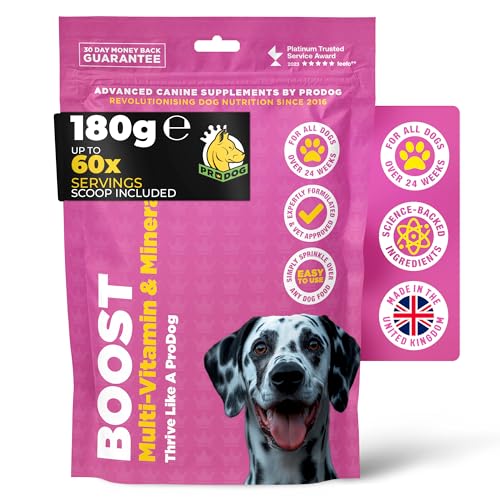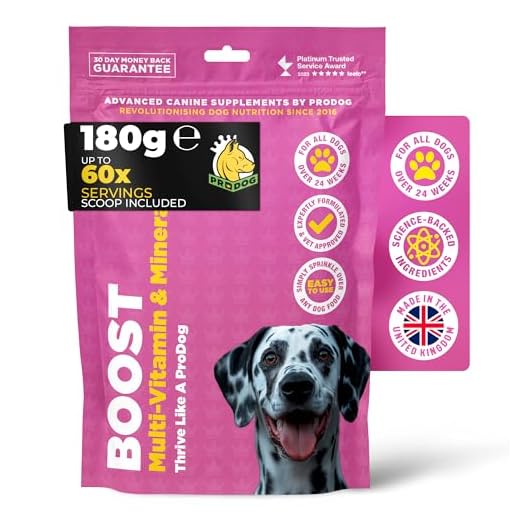








If you’re curious about the gestation period in canines, the answer is typically around 63 days, with a range of 58 to 68 days being normal. This timeframe can vary based on several factors, including the breed, size, and individual health of the female. Knowing this can help you prepare for the arrival of the puppies and ensure a smooth transition for your furry companion.
When my own pup was expecting, I found myself counting the days eagerly. I remember the excitement building as the weeks went by, and I made sure to provide her with a comfortable space and everything she needed during those crucial days. Keeping track of her progress not only helped me support her better but also made the experience more enjoyable.
Nutrition plays a significant role during this time. Ensuring your pet receives a balanced diet rich in essential nutrients is vital for the health of both the mother and her future litter. I learned quickly that consulting with a veterinarian for dietary recommendations was extremely helpful and gave me peace of mind.
As the days approached the expected date, I set up a whelping area for her, complete with bedding and a quiet environment. This preparation was essential, as it allowed her to feel safe and secure when the time finally arrived. Trust me, being ready made all the difference!
Duration of Canine Gestation
The gestation period for a canine typically spans between 58 to 68 days. Most commonly, it lasts about 63 days. This timeframe can vary slightly based on breed, health, and individual factors. It’s vital to monitor your pet closely during this phase.
As the countdown begins, signs of impending whelping may become evident. Look for changes in behaviour, such as nesting instincts or increased restlessness. Regular veterinary check-ups are advisable for those expecting litters, ensuring the health of both the mother and her pups.
During the final week, prepare a safe and quiet space for the mother to deliver. This area should be clean, comfortable, and away from disturbances. Having necessary supplies on hand, such as clean towels and a whelping box, will facilitate a smoother process.
Post-delivery, monitor the mother closely for any complications. Adequate nutrition and hydration are crucial during this time to support her recovery and the puppies’ growth. Being attentive during this period will significantly contribute to the wellbeing of the new family.
Average Canine Gestation Period
The typical gestation timeframe for canines ranges from 58 to 68 days. Most expectant mothers will deliver their pups around the 63-day mark. This duration can vary slightly depending on the breed and individual health factors. Smaller breeds may have shorter gestation, while larger ones might extend towards the upper limit.
Monitoring signs of impending labour is crucial. As the delivery date approaches, you might notice behavioural changes. Nesting instincts may kick in, prompting the mother to seek out a quiet, comfortable place. Regular veterinary check-ups during this period can help ensure the health of both the mother and her future litter.
Nutrition plays a significant role during this time. A high-quality diet, tailored for pregnant females, supports proper development of the pups. Hydration is equally important; always ensure fresh water is available. Preparing a whelping area with clean bedding and minimal disturbances can contribute to a smoother delivery process.
Understanding the timeline aids in better preparation for both the mother and her new family. Being aware of these details helps in providing the necessary care and attention during this critical phase.
Signs of Pregnancy in Dogs
Noticing changes in your canine companion can indicate a new arrival. Here are specific signs to look for:
- Changes in Appetite: Increased or decreased interest in food can signal a delicate state. Some might start eating more, while others may lose interest altogether.
- Nipple Changes: Look for swelling or darkening of the nipples. This can happen early in the gestation period.
- Weight Gain: A gradual increase in weight, particularly in the abdomen, is a clear indicator of pups developing inside.
- Behavioural Shifts: You might notice mood swings, increased affection, or a desire to be alone. Some pets become more protective and seek comfort in familiar spaces.
- Morning Sickness: Just like humans, some canines experience nausea, particularly in the early stages.
- Increased Urination: A more frequent need to relieve themselves can occur due to hormonal changes.
For optimal nutrition during this special time, consider looking into the best dog food for chuahua uk. Proper diet supports both the mother and her developing pups.
Factors Affecting Gestation Duration
The gestation period in canines typically ranges from 58 to 68 days, but various elements can influence this timeframe. Size and breed play a significant role; smaller breeds often have shorter gestation periods compared to larger ones. For instance, Chihuahuas may give birth sooner than Great Danes.
Age is another crucial factor. Younger females, especially those having their first litter, might experience a slightly extended period, while older females may have variable durations that can lead to earlier or later births. Health status cannot be overlooked; a well-nourished and healthy canine is more likely to have a consistent gestation compared to one with underlying health issues.
Environmental conditions contribute as well. Stressful situations or inadequate living conditions can impact the duration. A calm, stable environment is beneficial for the mother, potentially leading to a more predictable timeline. Nutrition also plays a pivotal role; a balanced diet rich in essential nutrients supports both the mother and the developing puppies, which can indirectly affect the timing of whelping.
Finally, hormonal factors can lead to variations in gestation length. Hormonal imbalances or fluctuations may result in unpredictable birth timings. Monitoring the mother’s health and behaviour closely is essential to anticipate any changes.
Preparing for Whelping: What to Expect
Ensure a quiet, comfortable space for the upcoming litter. A whelping box, lined with soft bedding, is essential. This box should be spacious enough for the mother to move around but secure enough to keep the puppies safe once they arrive. Place it in a calm area, away from daily commotion.
Gather Necessary Supplies
Stock up on key items. You’ll need clean towels, a heating pad, and a scale to monitor puppy weights. Keep a kit with sterilised scissors, dental floss (for umbilical cords), and disinfectant on hand. Familiarise yourself with these tools beforehand to avoid stress during delivery.
Monitor Health and Behaviour
Watch for signs indicating that labour is approaching. Nesting behaviour, restlessness, or searching for a secluded spot can signal readiness. Maintain regular vet check-ups as the due date nears. Being aware of health concerns can help prevent complications. Document any unusual changes and consult a vet if needed.
Prepare to assist but also allow the mother to lead. She may instinctively know how to care for her puppies. Remain calm and supportive, as your energy can influence her. If complications arise, don’t hesitate to seek veterinary assistance. Being prepared is key to a smooth experience.
FAQ:
How long is a dog’s pregnancy typically?
A dog’s pregnancy, commonly referred to as gestation, usually lasts around 63 days, but it can vary between 58 to 68 days depending on the individual dog and breed. Smaller breeds may deliver a bit earlier, while larger breeds might carry their puppies for a slightly longer period. It’s important for dog owners to monitor their pet’s health and prepare for the birth accordingly.
What signs indicate that a dog is about to give birth?
As a dog approaches the end of her pregnancy, several signs may indicate that she is preparing to give birth. These include nesting behaviour, where she may seek out a quiet and comfortable space, restlessness, loss of appetite, and possibly a drop in body temperature. Owners should observe their dog closely during this time to ensure she is comfortable and ready for the delivery process.
Can a dog’s pregnancy be affected by her health or age?
Yes, a dog’s health and age can significantly impact her pregnancy. Older dogs or those with underlying health issues may experience complications during gestation or delivery. It’s advisable for dog owners to consult a veterinarian before breeding, to ensure their dog is in good health and to discuss any potential risks associated with pregnancy and birth.
What should I do to prepare for my dog’s delivery?
Preparing for your dog’s delivery involves creating a comfortable and safe space for her to give birth, often referred to as a whelping area. This space should be quiet, clean, and free from disturbances. Gather supplies such as clean towels, a heating pad, and a whelping box. It’s also wise to have contact information for a veterinarian on hand in case of emergencies during the birthing process.
How can I tell if my dog is having complications during birth?
If a dog is experiencing complications during birth, there are several signs to watch for. These include prolonged labour (lasting more than 2 hours between puppies), excessive bleeding, distress or pain, or if the mother is not able to push. If any of these symptoms occur, it’s crucial to contact a veterinarian immediately for assistance to ensure the safety of both the mother and her puppies.







